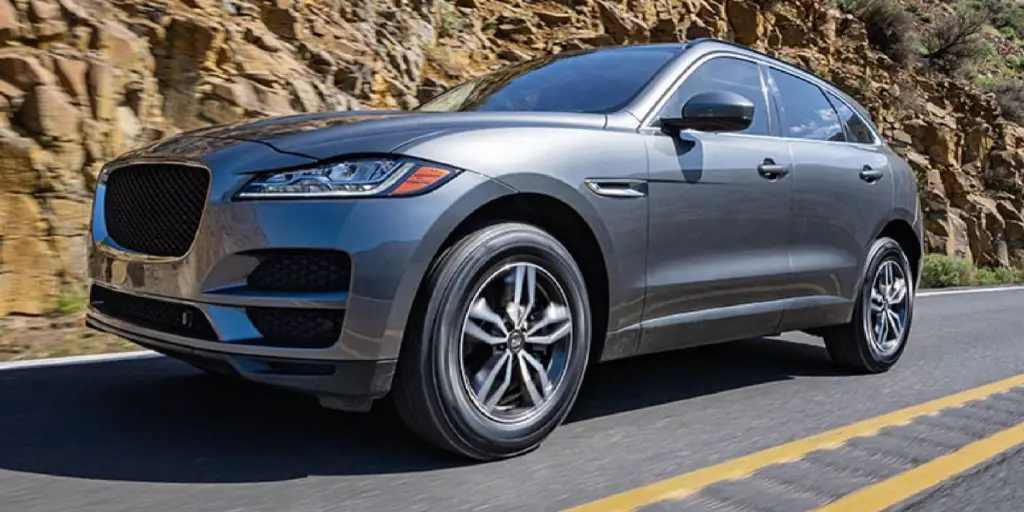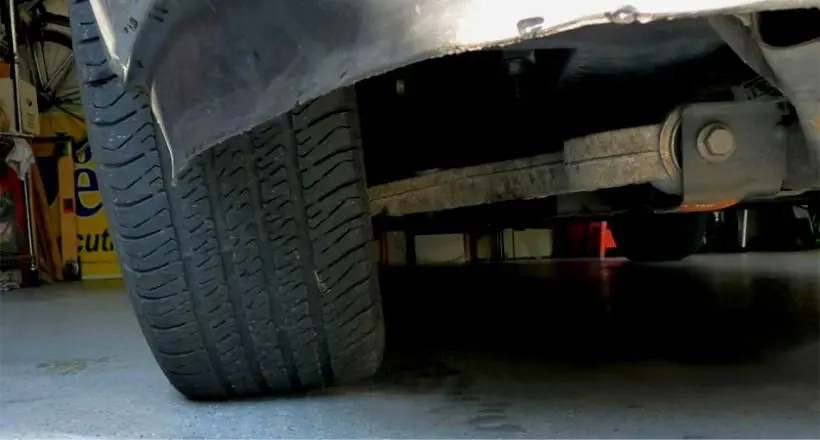As drivers, we understand the importance of having a quiet ride. If you are particularly annoyed with Bridgestone Weatherpeak noise, this article is for you!
Bridgestone Weatherpeak tires can get noisy due to colder temperatures and uneven tire wear. However, poor wheel alignment can also directly impact the quietness of these tires. However, you can easily combat this problem! Basic tire maintenance such as checking the tire pressure, and tire tread depth can solve this problem.
It is important to understand the noise characteristics and potential solutions whether you are considering Bridgestone Weatherpack tires or already have them.
Why is the Bridgestone Weatherpeak Making Noise?

Although not known for being noisy, Bridgestone Weatherpack can make noise for different reasons. This can be due to temperature, uneven tire wear, or poor wheel alignment. So, unless there is anything unnatural like bolts getting in tires, the reasons are natural or lack of maintenance. The table below shows some of the common reasons for Bridgestone Weatherpeak being noisy.
| Reasons | Solutions |
| Colder Temperature | Check the tire pressure, Inflate the tire if it is low on pressure, and Store it in a warmer place |
| Uneven Tire Wear | Check for tread depth and tire wear |
| Poor Wheel Alignment | Check for wheel alignment |
| Tire Pattern Noise | Opt for another tire option |
The table shows some of the reasons and how you can solve them. Let’s get into the details of each of these reasons.
Colder Temperature:
It is possible that cooler temperatures will affect tire pressure and cause problems for your vehicle, including your tires. Rubber tires get stiffer in freezing temperatures causing extra noise when you start your car. Winter in general is difficult for tires as you get problems like a frozen tire valve.
Normally, colder weather can be a hassle for tire maintenance. Apart from being noisier, tires also lose pressure as the temperature drops.
Solution: Check the tire pressure on a regular basis. Maintaining the right pressure is important to avoiding tire blowouts. Apart from that, keep your car in a warm environment. Make sure that even if it is outside, the tire remains protected and covered.
Uneven Tire Wear:
Uneven tire wear can have a notable impact on vehicle performance, causing noise, vibration, and handling challenges. In the best-case scenario, it leads to road noise, while in more severe cases, it can result in compromised traction.
When the tire tread wears unevenly, it disrupts balance, leading to vibrations and noise as the tire interacts with the road. The presence of varying tread depths further contributes to the generation of loud noises during driving.
Solution: Ensuring proper tire maintenance and addressing uneven wear promptly is crucial to minimize these issues. Always check for tread depth on a regular basis and avoid noisy rides. Check this short video on finding out tread depth How to Measure Tire Tread Depth.
Poor Wheel Alignment:

Poor wheel alignment can contribute to uneven tire wear, resulting in noise during travel. Misaligned wheels cause tires to experience uneven stresses, leading to sawtooth or cupping wear patterns along the tread edges.
This uneven wear pattern not only generates road noise but also causes vibrations and handling concerns. Moreover, the varied tread depths contribute to loud noises while driving. Additionally, misaligned tires can lead to vehicle drifting and unpredictable behavior while turning, further contributing to noise.
Solution: Regular wheel alignment checks and adjustments are vital in preventing uneven tire wear and minimizing tire noise risks. Keep an eye out for the alignment schedule and visit the servicing center whenever you find the tire noisy.
Tire Pattern Noise:
Tire pattern noise is also another reason for tire noise production. It arises due to air getting trapped in the tread pattern and being released abruptly as the tire moves along the road surface.
The rhythmic percussion caused by successive tread elements hitting the road can result in a whining sound, especially in tires with short, repetitive tread patterns. Comparatively, tires featuring rib tread patterns tend to be quieter than those with lug or block patterns.
Wider tires with open shoulders and larger tread blocks tend to produce more noise. This is normally the case with Bridgestone Weatherpeak. Thus, the tire pattern greatly influences the level of noise generated by the tire.
Solution: Unfortunately there is nothing directly you can do if the tire pattern is noisy. That is how the design is. You can opt for a quieter option.
Is the Bridgestone Weatherpeak Noisy in General?
No, the Bridgestone Weatherpeak is not noisy. It is manufactured with a more open tread pattern. This means it is less stiff and offers a quieter experience when you drive on the road. Although it does not use any specific noise-canceling technology, it is not the quietest option from Bridgestone.
However, it might produce some noise when you are driving on pavement. But that is expected from all-season tires. If you are going to compare it with other all-season tires, Bridgestone Weatherpeak is an excellent choice for a quiet ride.
Which is the Quietest Bridgestone Tire?
Although there is no large survey to cover that according to recent results, Bridgestone Turanza QuietTrack seems to take the spot. The Bridgestone Turanza QuietTrack is engineered to offer a remarkably quiet ride. This is thanks to its cutting-edge technologies designed to reduce road noise and enhance comfort.
The tire’s unique tread pattern optimizes interlocking with the road surface, minimizing trapped air and reducing noise. Utilizing Bridgestone’s exclusive noise-canceling technology with a polyurethane foam layer, vibrations, and road noise are efficiently absorbed. The silica-enhanced compound not only ensures exceptional wet and dry traction but also reduces rolling resistance and road noise.
As a bonus, the tire’s cavity shape reduces trapped air, resulting in a quieter ride. Bridgestone Turanza is a good choice, but if you want a quiet ride, Bridgestone Weatherpeak is also good.
Frequently Asked Questions (FAQs):
Is Bridgestone Weatherpeak a Good Option with SUV for a Quiet Ride?
Yes, Bridgestone Weatherpeak is a good option with an SUV for a quiet ride. This is a touring all-season tire. Tire has open shoulder slots which improves grip and driving control in wet and dry conditions. So, regardless of the weather or road conditions, you can use Bridgestone Weatherpeak on your SUV.
Can Bridgestone Weatherpeak Offer Quiet Ride During Winter?
Yes, Bridgestone Weatherpeak can offer a quiet ride during winter. These tires are made to offer a comfortable ride in any season and not just winter. In fact, the tire is 3 Peak Mountain certified which means it is perfect to take on a drive in winter. So, you can use Bridgestone Weatherpeak tires in winter knowing that you will get a quiet ride.
What are the Rotation Intervals for Bridgestone WeatherPeak to Avoid Noise?
There is no rotation interval necessary for Bridgestone WeatherPeak to avoid noise. Tire acoustics does not depend on how frequently you rotate the tires but rather on the alignment. But it is recommended to rotate the tires every 5000 miles to avoid wear and tear. So, for long-term safety, it is better to rotate tires at regular intervals.
Conclusion
In conclusion, the study of Bridgestone Weatherpeak Noise has shed light on the crucial role of tire acoustics. Hopefully, you have gained valuable insights by delving into the impact of these tires on noise generation. Don’t worry though, with Bridgestone Weatherpeak, normally you will get a quiet ride. But if you end up having a noise, now you know how to solve them.
